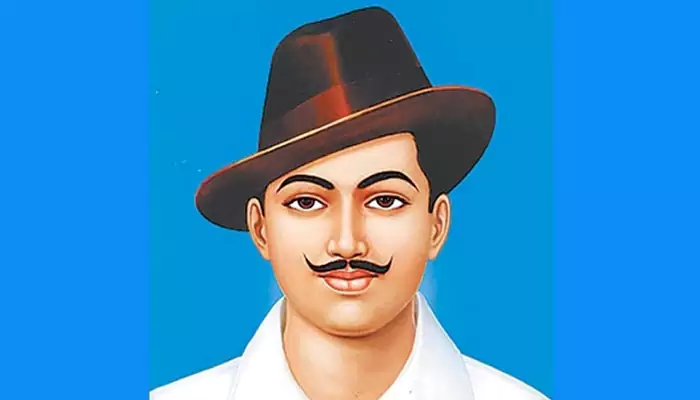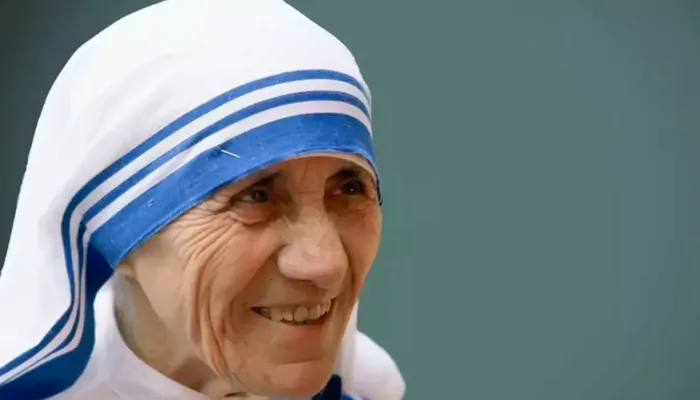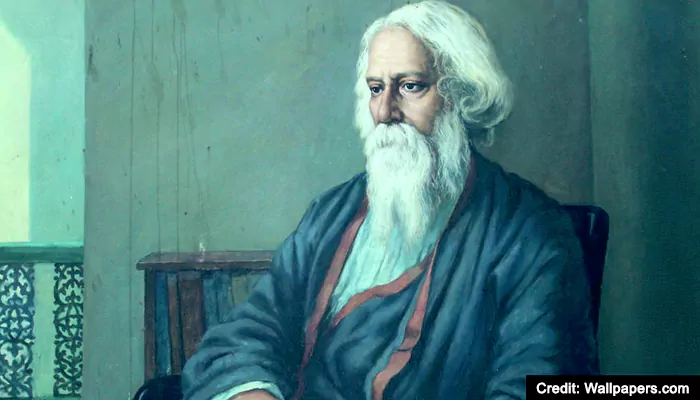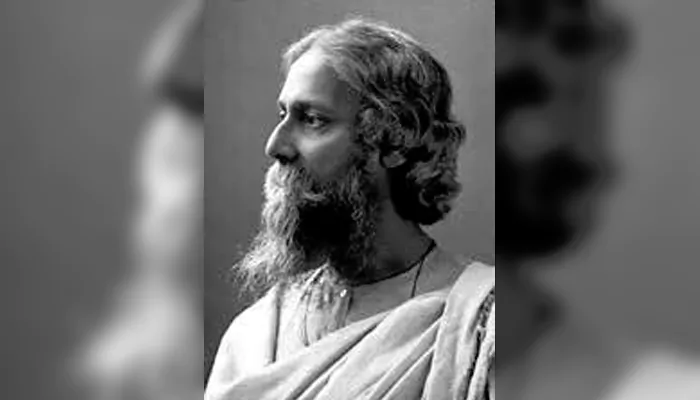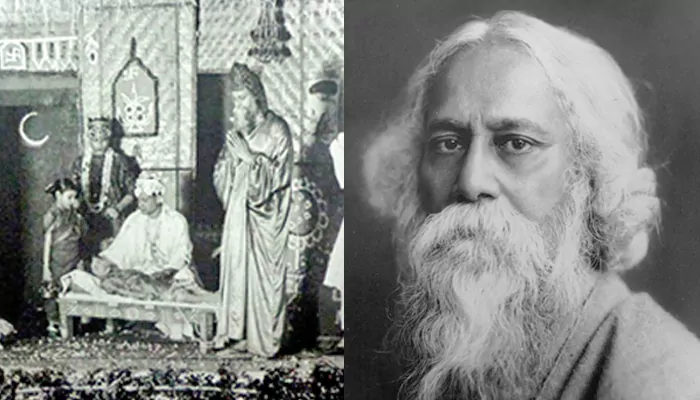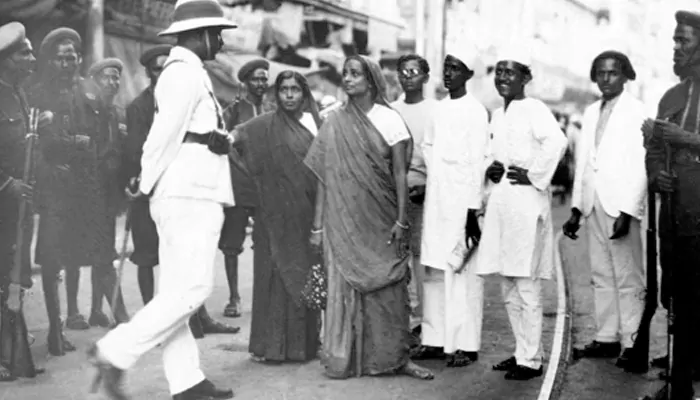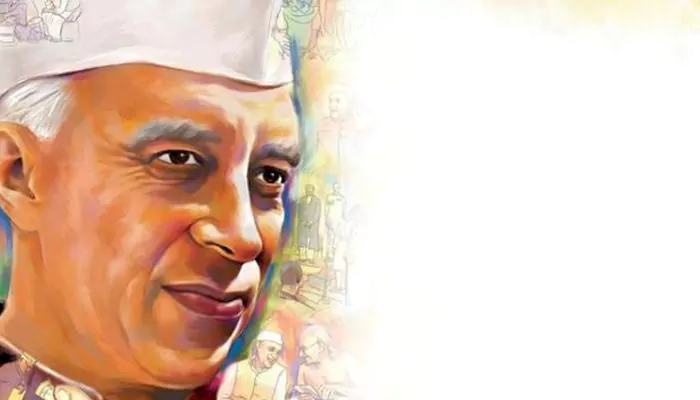On This Day, 1886 - Coca-Cola was First Sold: Did You Know It Was an 'Accidental Invention'?
- Sayan Paul
- 7 months ago
- 5 minutes read

Looking back, it almost feels like fate had a hand in Coca-Cola’s invention.
Coca-Cola truly doesn't need an introduction. As Henry Miller once put it, “Without a Coca-Cola, life is unthinkable.” And let’s be honest—that holds true even today, despite all the warnings about its high sugar content. There’s just something about the fizz, the taste, and the red label that makes it hard to resist. You might assume such an iconic drink was the result of a carefully crafted plan—maybe years of research and development. However, not many people know that Coca-Cola was actually an accidental invention. Yes, the world's most famous soft drink started off as something entirely different, created not for refreshment but for medical relief. What happened next is a story full of surprises—one that turned a simple syrup into a global phenomenon.

The very first sale of Coca-Cola took place on May 8, 1886, at Jacob's Pharmacy in Atlanta, Georgia. Known then as a temperance drink, it was sold for just five cents a glass. As we mark the 139th anniversary of that, let's learn how the drink was invented by accident,
A Pharmacist with a Problem (And a Plan)
The story starts in the late 1800s with Dr. John Stith Pemberton, a pharmacist from Georgia. A man of medicine and a veteran of the Civil War, Pemberton wasn’t really looking to mix fizzy drinks—he was dealing with something far more personal. After sustaining a serious injury in the war, he became addicted to morphine, which was as common in the 19th century as coffee is today.
Have a Coke and a smile. John Stith Pemberton, the man who invented Coca-Cola, fought against the invading Union army during the Battle of Columbus on Easter Sunday, April 16, 1865. This Confederate monument in Atlanta is hiding in plain sight. pic.twitter.com/z4ufTeQUEX
— Abbeville Institute (@AbbevilleInst) April 16, 2025
(Credit: Abbeville Institute)
To find a less harmful pain reliever (and maybe kick his own habit), Pemberton began experimenting with various concoctions in his lab.
French Wi*e Coca: The Prequel to Coke
Pemberton’s first successful formula was a tonic he called Pemberton’s French Wi*e Coca—a curious mixture of wi*e, coca leaf extract, and kola nut. It was marketed as a brain tonic, headache cure, and all-around pick-me-up.
The drink was a hit—until the temperance movement came knocking. With growing calls to ban al*ohol, Pemberton needed a Plan B.
Super old photo of the inventor of Coca-Cola John Pemberton from 1886. pic.twitter.com/LUB8TMAZk8
— Everything Georgia (@GAFollowers) April 7, 2021
(Credit: Everything Georgia)
When Soda Met Syrup: A Happy Accident
The big twist came in 1886. While trying to create a non-al*oholic version of the tonic, Pemberton made a sweet syrup. A clerk at Jacob’s Pharmacy in Atlanta accidentally (or maybe serendipitously) mixed it with carbonated water instead of plain water. And that resulted in a fizzy, flavorful drink that people instantly loved. On May 8, 1886, Pemberton schlepped a jug of this happy mistake to Jacobs’ Pharmacy, where it was sold for five cents a glass. Customers called it “excellent,” and just like that, Coca-Cola was born—out of curiosity, chemistry, and a happy mistake.

From Local Fizz to Global Sizzle
Realizing he had stumbled onto something special (though probably not this special), Pemberton began marketing Coca-Cola as a fountain drink rather than a medicine. His bookkeeper, Frank Robinson, suggested the name “Coca-Cola,” inspired by its key ingredients (coca leaves and kola nuts). Why two C’s instead of “Kola”? Because Robinson thought it looked snappier in ads.
Unfortunately, Pemberton wasn't much of a businessman. He soon started selling portions thanks to his personal issues. One of those buyers was Asa Griggs Candler, an Atlanta entrepreneur with sharp marketing instincts and a vision.
Candler eventually bought full rights to Coca-Cola and turned it into a serious business. He plastered the name everywhere—on signs, calendars, thermometers, and anything else that would sit still. Under Candler’s leadership, Coca-Cola went from a pharmacy favorite to a national obsession.
Coca-Cola was created in 1886 by Atlanta pharmacist John S. Pemberton at his Pemberton Chemical Company. His bookkeeper, Frank Robinson, chose the name for the drink. The Coca-Cola Company was founded in 1892. pic.twitter.com/T9MSsvfJlv
— WikiVictorian (@wikivictorian) June 5, 2021
(Credit: WikiVictorian)
And the Bubbles Just Kept Rising
By the early 1900s, Coca-Cola had become the soft drink of America. The company introduced the now-iconic contour bottle in 1915, partly to stop imitators and partly to give Coke its signature “feel.” Fast-forward a century and it's now sold in over 200 countries, with 1.9 billion servings daily.
Some of the world’s most iconic inventions were born out of sheer accident. Think of the microwave—discovered when a scientist’s candy bar melted near radar equipment. Or penicillin, stumbled upon when mold invaded a petri dish. Now, while I’m not entirely sure we can place Coca-Cola in the same league as life-saving antibiotics, it goes without saying—this fizzy mistake went on to quench the world’s thirst and become a symbol of refreshment, joy, and pop culture like no other.

